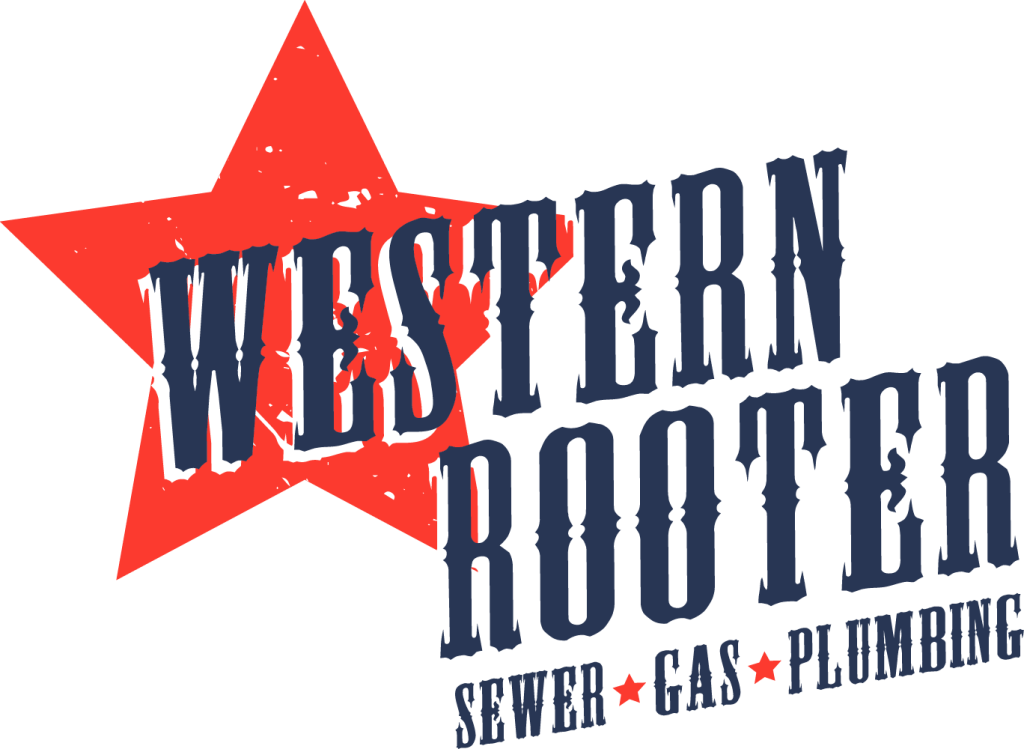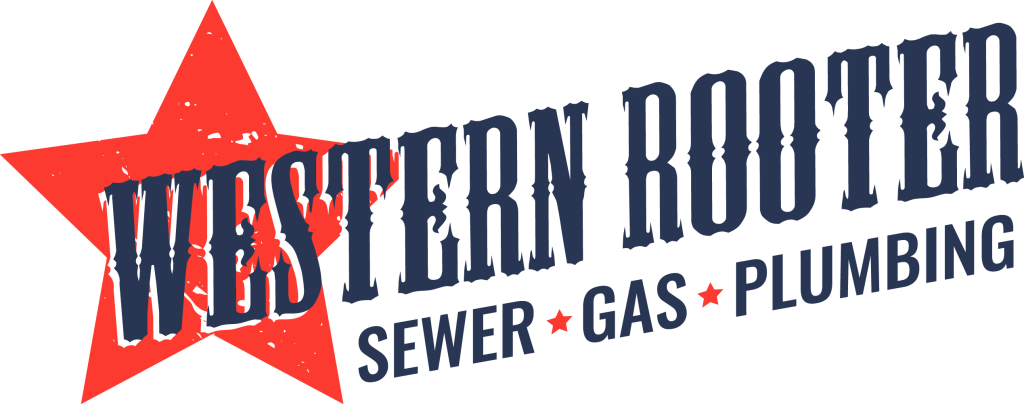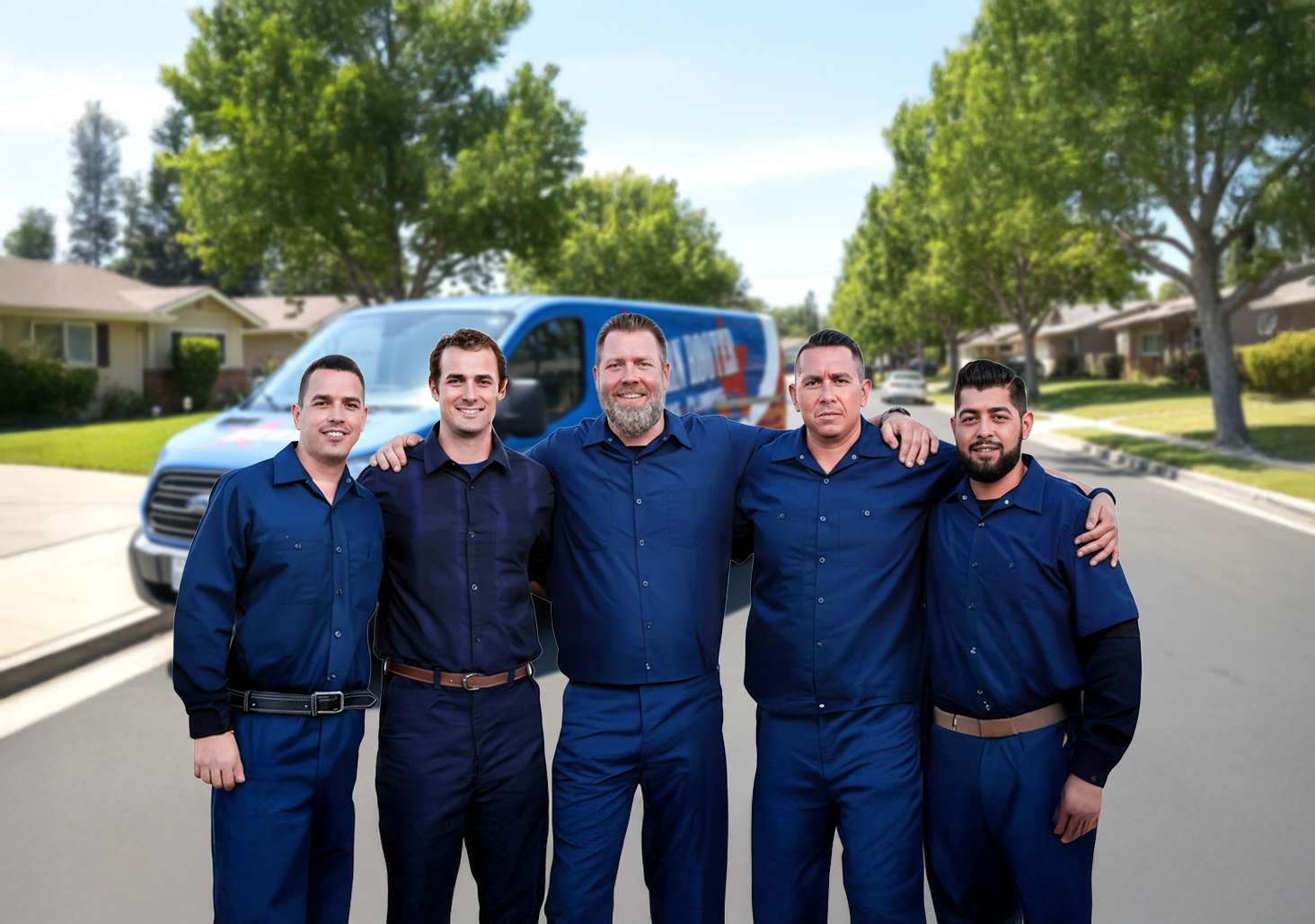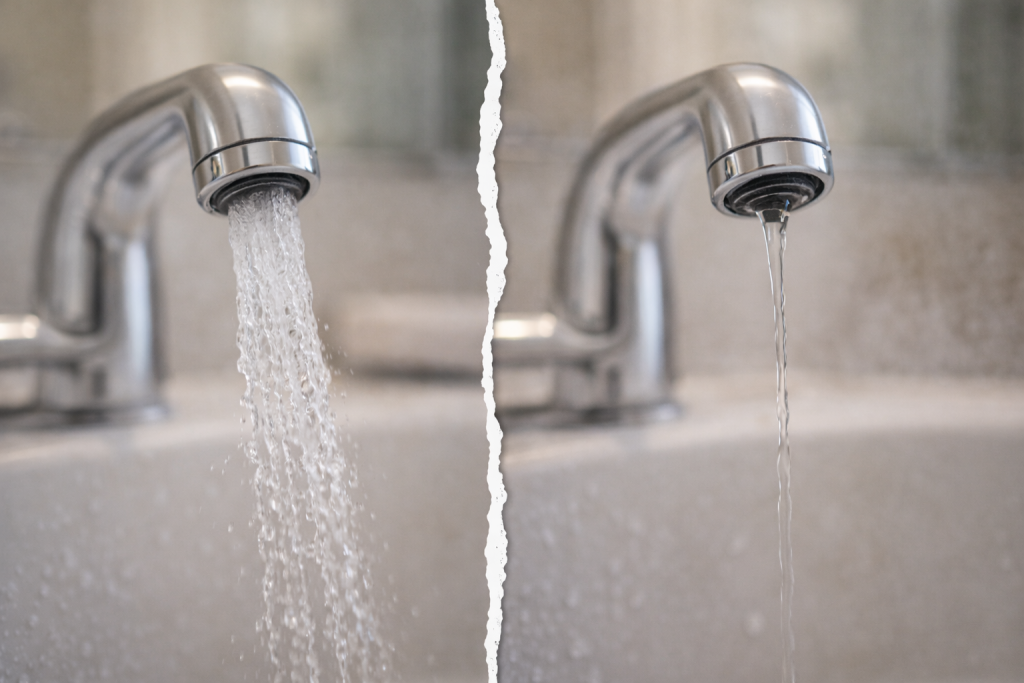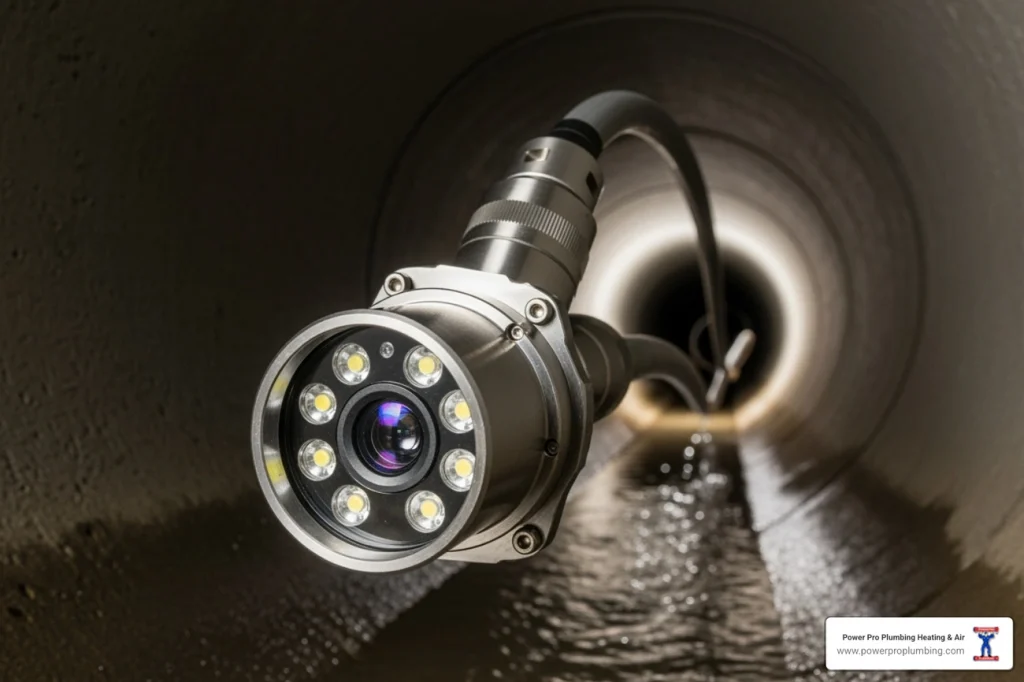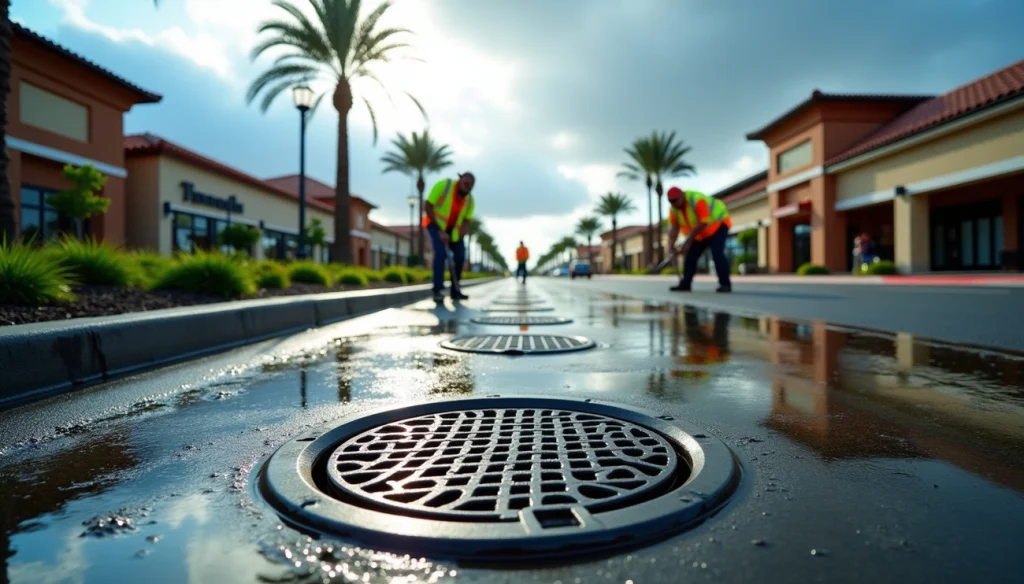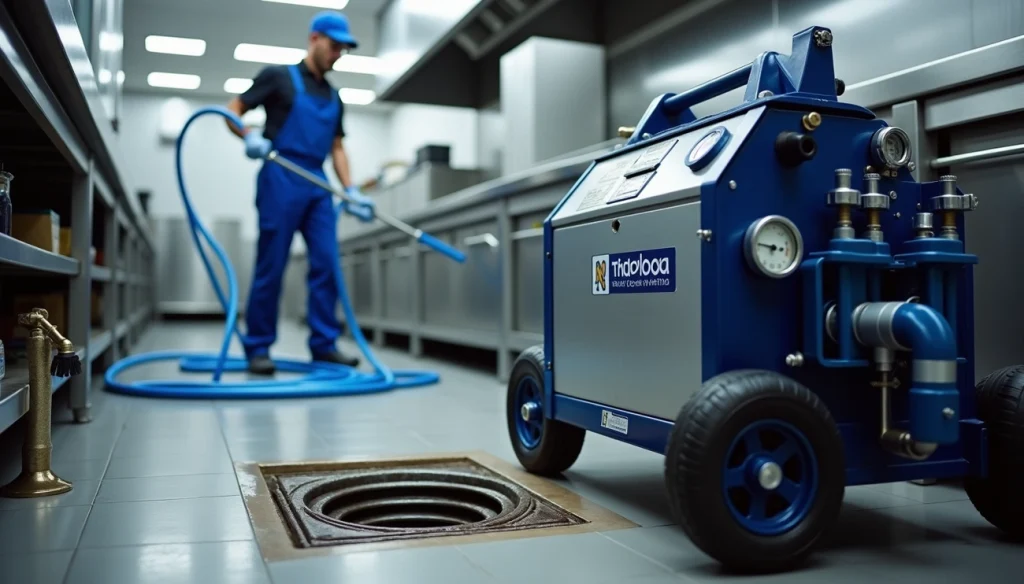When it comes to drain cleaning with pressure washers, you might think it’s a straightforward task. However, this powerful tool can cause more harm than good if not used correctly. Many homeowners and even some professionals make common mistakes that can lead to costly repairs or ineffective cleaning.
You’ll want to avoid these pitfalls to ensure your drains are cleaned effectively and safely. From choosing the right type of pressure washer to using proper attachments and following safety precautions, there’s more to consider than meets the eye. In this article, we’ll explore the most frequent errors people make when using pressure washers for drain cleaning, helping you to steer clear of these issues and achieve better results.
Choosing the Wrong Type of Pressure Washer
When it comes to drain cleaning with a pressure washer, selecting the right type is crucial. The choice depends on various factors, including the location of your drain and the size of the pipe.
For indoor drains, opt for an electric pressure washer. These units don’t produce exhaust fumes, making them safe for indoor use. They typically deliver close to 2.0 GPM and are rated at about 2,000 PSI, providing adequate power for jetting up to 100 feet downhill from an indoor drain opening [1].
Outdoor drains allow for the use of gas-powered pressure washers. These machines offer higher flow rates, suitable for larger pipes. A residential gas pressure washer with 2.5 to 2.9 GPM and close to 3,000 PSI can effectively clean drains up to 4 inches in diameter [2] [1].
For commercial-grade cleaning, look for units delivering around 3.5 GPM and rated at least 3,000 PSI. These provide strong cleaning power for sewer jetter hoses up to 100 feet long [2].
Remember, using the wrong type of pressure washer can lead to ineffective cleaning or even damage to your pipes.
Improper Use of Sewer Jetter Attachments
Sewer jetter attachments are powerful tools for clearing blockages, but improper use can lead to serious damage. To avoid costly mistakes, you need to understand different nozzle types and proper techniques.
Selecting the right nozzle is crucial. For residential drains with mud and debris, an all-purpose nozzle like RPD works well [3]. In commercial areas, a rotating nozzle such as Flexible Superspin gives a full 360-degree clean [3]. For larger pipes with dense debris, weighted storm drain nozzles are more appropriate [3].
When using a jetter, start with low water pressure and increase gradually. This approach prevents tree roots from folding up and dropping down uncut [4]. Always insert the jetter hose at least three feet into the pipe before engaging high pressure to avoid premature exit and potential injury [5].
To prevent contamination, turn off the hydro-jetter several times during the procedure. This allows water and debris to flow away from the pipe opening [5]. When retrieving the hose, turn off pressure when the nozzle is within three feet of the opening [5].
Neglecting Safety Precautions
When using a pressure washer for drain cleaning, safety should be your top priority. Neglecting proper precautions can lead to severe injuries or accidents. Always wear appropriate personal protective equipment (PPE), including safety glasses to shield your eyes from flying debris and chemicals [6]. Protect your hands with two pairs of gloves: nitrile gloves underneath, and sturdy, textured gloves on top [7].
Wear non-skid work boots with protective toes to prevent slip-and-fall accidents in wet environments [7]. For noisy gas-powered pressure washers, use hearing protection to safeguard your ears [6]. Never aim the pressure washer at people or pets, as the high-pressure water can cause serious harm [6]. When not spraying, engage the safety latch on your gun to prevent accidental activation [6].
Remember, pressure washers can easily cut through flesh, potentially leading to amputation or severe nerve damage [6]. Always follow manufacturer instructions and register your new pressure washer for safety notices [8].
Conclusion
Drain cleaning with a pressure washer can be a tricky business, and avoiding common mistakes is key to getting the job done right. By choosing the right equipment, using attachments properly, and following safety guidelines, you can steer clear of costly errors and achieve better results. Remember, the right approach not only cleans your drains effectively but also protects your plumbing system from damage.
To wrap up, being aware of these pitfalls puts you in a better position to tackle drain cleaning confidently and safely. Whether you’re dealing with indoor or outdoor drains, always prioritize safety and use the appropriate tools for the task at hand. If you’re unsure about handling the job yourself, it’s worth considering professional help. Contact Western Rooter to learn more about expert drain cleaning services.
FAQs
Can a pressure washer be used to unclog drains?
Yes, a pressure washer can be effectively used to unclog drains when equipped with a sewer jetter attachment. This setup utilizes high-pressure water to navigate through pipes, breaking apart any buildup without pressurizing the pipes themselves. The sewer jetter consists of a flexible hose with a jet nozzle at one end.
What pressure settings are recommended for cleaning drains with a pressure washer?
For cleaning drains effectively, especially a 4-inch lateral, it is advisable to use a medium to large-sized jetter. The ideal settings would include a minimum flow of 4 gallons per minute (GPM) and a pressure of 3,000 pounds per square inch (PSI).
How should a perimeter drain be cleaned using a pressure washer?
To clean a perimeter drain with a pressure washer, insert the nozzle about one foot deep into the drain, ensuring it is aimed towards the obstructing debris. Activate the pressure washer and periodically retract the nozzle every few feet to ensure thorough cleaning of mud and silt.
What are the risks associated with using chemical drain cleaners?
Chemical drain cleaners pose several risks as they contain hazardous substances like lye, bleach, and sulfuric acid. These chemicals can cause severe skin burns, potentially requiring skin grafting if exposed. Additionally, these cleaners can also damage your plumbing over time.
References
[1] – https://trusteyman.com/blog/unclogging-the-drain-should-you-use-a-pressure-washer/
[2] – http://www.sewerjetgazette.net/what-pressure-washer-should-i-buy/
[3] – https://usjetting.com/product-category/nozzles/
[4] – https://spartantool.com/blog/top-11-sewer-jetter-safety-tips/
[5] – https://spartantool.com/informationcenter/resources/sewer-jetter-safety
[6] – https://www.pressurewashersdirect.com/stories/1378-How-to-Safely-Use-a-Pressure-Washer.html
[7] – https://www.sewerinstitute.com/post/guide-to-personal-protective-equipment-ppe
[8] – https://www.electricalsafetyfirst.org.uk/guidance/product-safety/pressure-washers/
